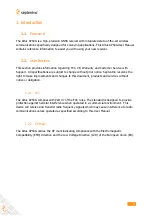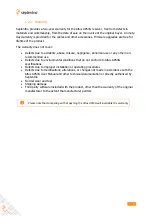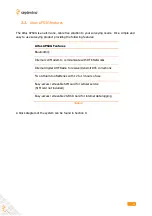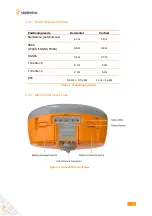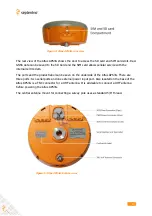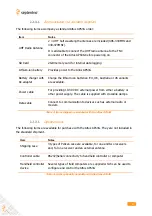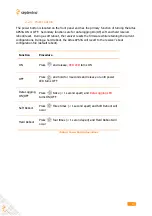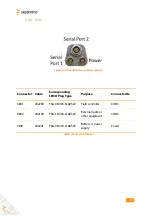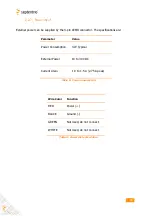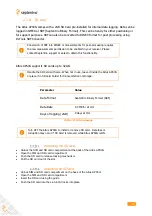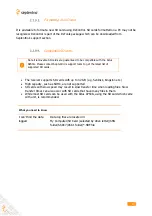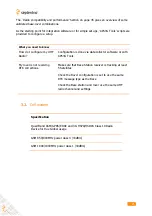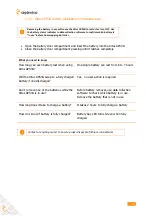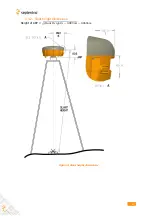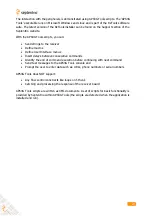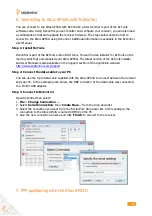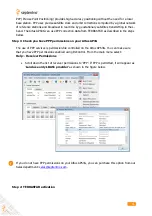
18
2.2.9.
SD card
The Altus APS3G comes with a 2GB SD Card pre-installed for internal data logging. Data can be
logged in NMEA or SBF (Septentrio Binary Format). This can be handy for either positioning or
for support purposes. SBF can also be converted to RINEX format for post processing using
RxTools SBF Converter.
Conversion of SBF into RINEX or measurements for post-processing requires
the raw measurements permission to be enabled in your receiver. Please
contact Septentrio support or sales to obtain this functionality.
Altus APS3G supports SD cards up to 32GB.
Handle the SD Card with care. When not in use, leave it inside the Altus APS3G
or place it in SD card holder for transportation or storage.
Parameter
Value
Data Format
Septentrio Binary Format (SBF)
Data Rate
9.4 MB/hr at 1Hz
Days of logging (2GB)
9 days at 1Hz
Table 10: SD card usage
Turn OFF the Altus APS3G to install or remove SD card. Data loss or
corruption may occur if SD Card is removed while Altus APS3G is ON.
Removing the SD card
•
Unlock the SIM and SD card compartment at the back of the Altus APS3G
•
Open the SIM and SD card compartment
•
Push the SD card to release locking mechanism
•
Pull the SD card out of the slot
Installing the SD card
•
Unlock SIM and SD card compartment on the back of the Altus APS3G
•
Open the SIM and SD card compartment
•
Insert the SD card using the guide
•
Push the SD card into the slot until it locks into place

